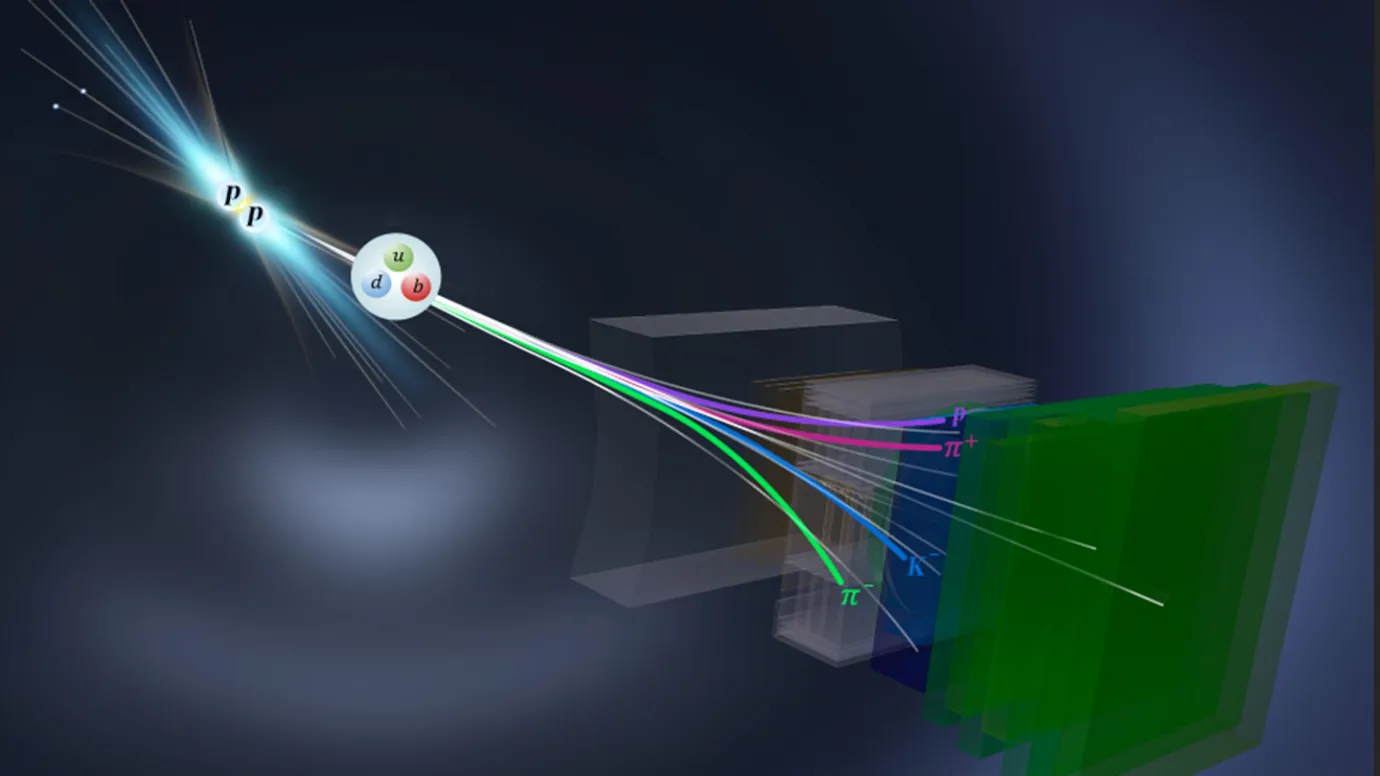



ChaSTE, part of Chandrayaan-3, is the first tool to measure in-situ temperatures beneath the Moon’s south pole surface. It drilled 10 cm deep using sensors spaced 1 cm apart. Unlike past missions that failed, ChaSTE worked flawlessly, helping scientists understand lunar soil for future exploration and possible human settlement.

Copyright infringement not intended
Chandrayaan-3's ChaSTE became the first instrument to penetrate the lunar soil near the Moon's south pole and conduct in-situ temperature measurements.
It is a special instrument on Chandrayaan-3 mission that measures the temperature of the Moon’s surface and just below it.
By measuring the temperature, scientists can learn more about the Moon’s soil and whether it’s suitable for future exploration or even human settlements.
ChaSTE is the first instrument ever to successfully dig into the soil of a celestial body (like the Moon) to measure temperature. Earlier missions, like the European Space Agency’s Philae lander and NASA’s InSight lander, tried to do something similar but failed.
Philae landed on a comet in 2014 but bounced around and couldn’t use its temperature-measuring tool. NASA’s InSight lander on Mars had a tool nicknamed “The Mole,” which was supposed to dig deep into the Martian soil, but it got stuck and didn’t work properly.
ChaSTE dug 10 cm into the Moon’s soil and collected accurate temperature data.
ChaSTE works like a tiny robotic drill with temperature sensors.
This process gave scientists detailed information about how the temperature changes just below the Moon’s surface.

Must Read Articles:
Findings from Chandrayaan 3 mission
Chandrayaan-3: A Triumph of Lunar Exploration
Source:
|
PRACTICE QUESTION Q. Discuss the significance of Chandrayaan missions in advancing India’s capabilities in space exploration. 150 words |











© 2025 iasgyan. All right reserved